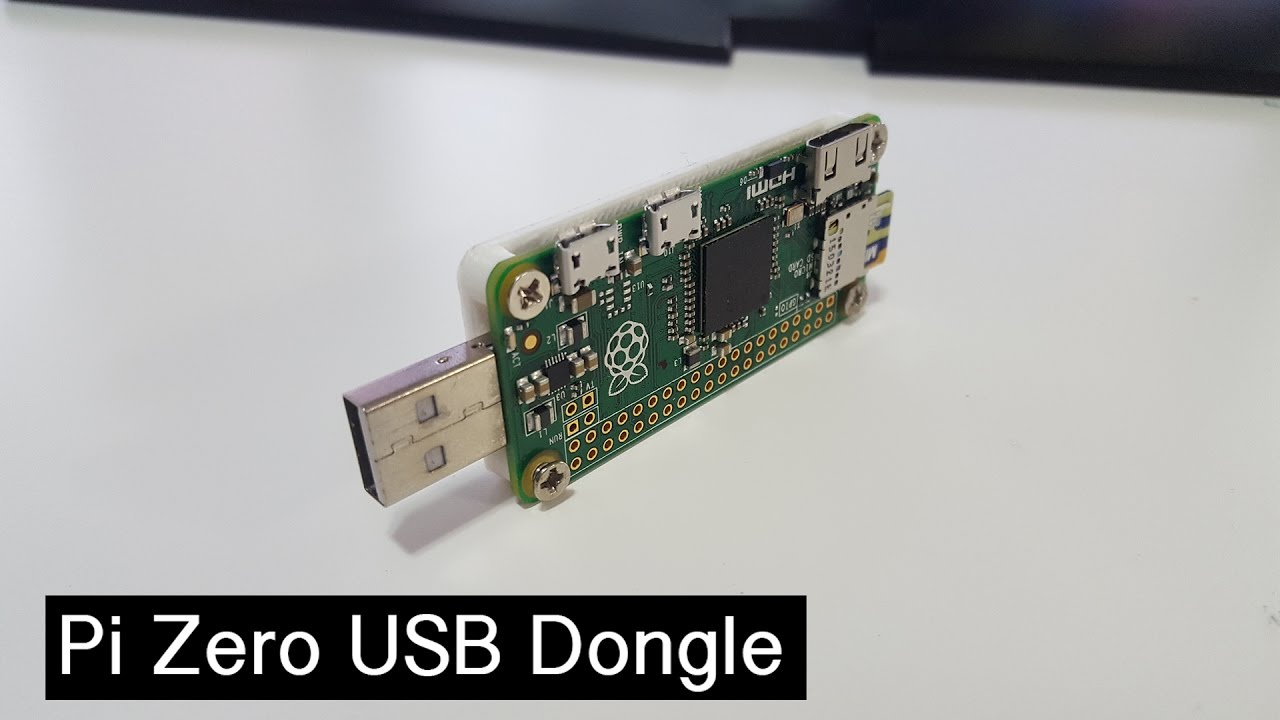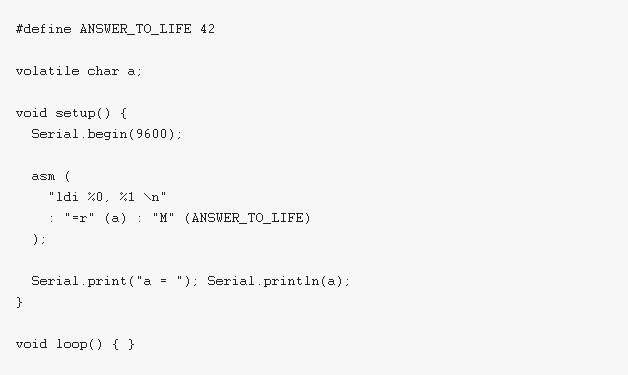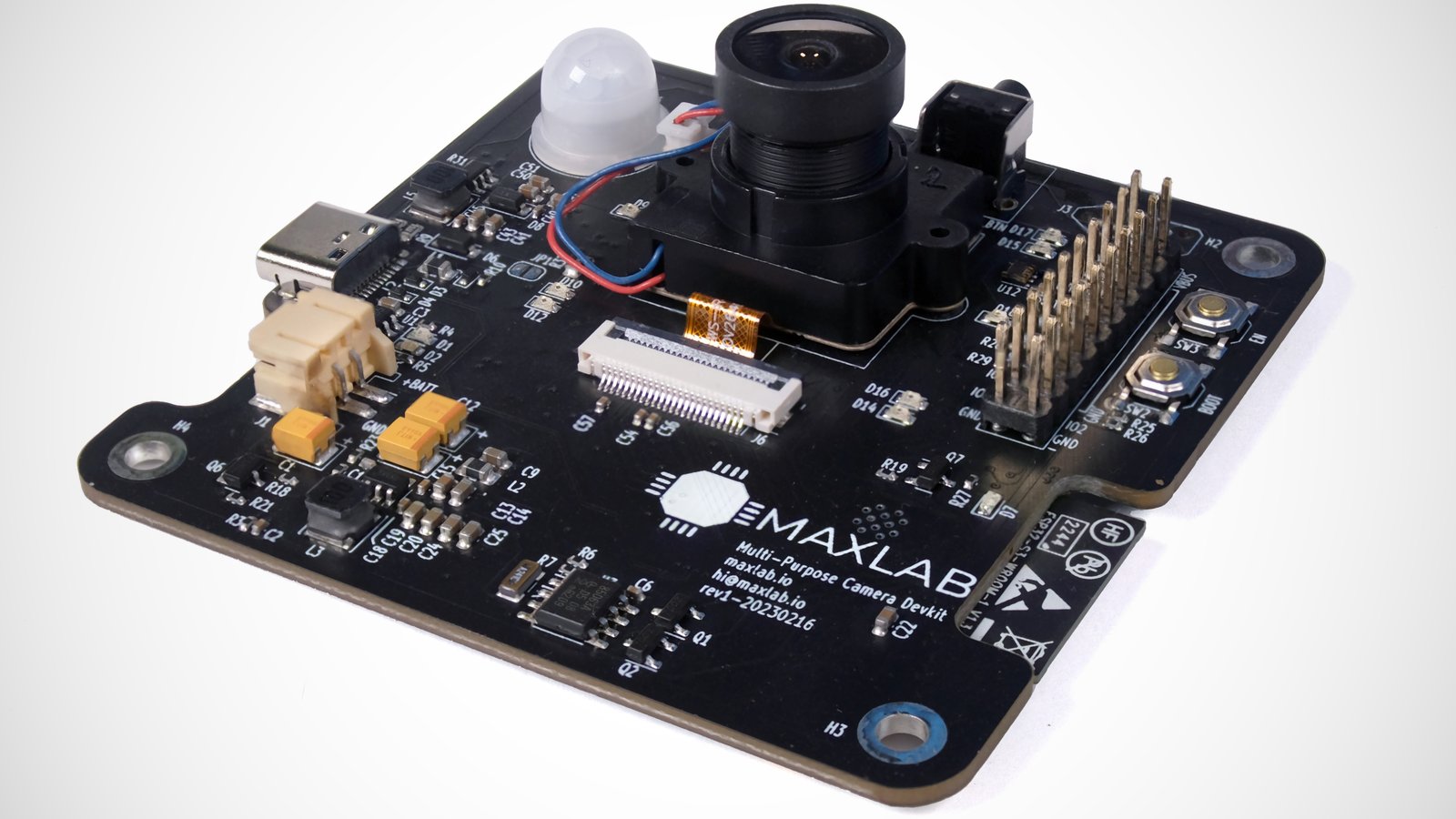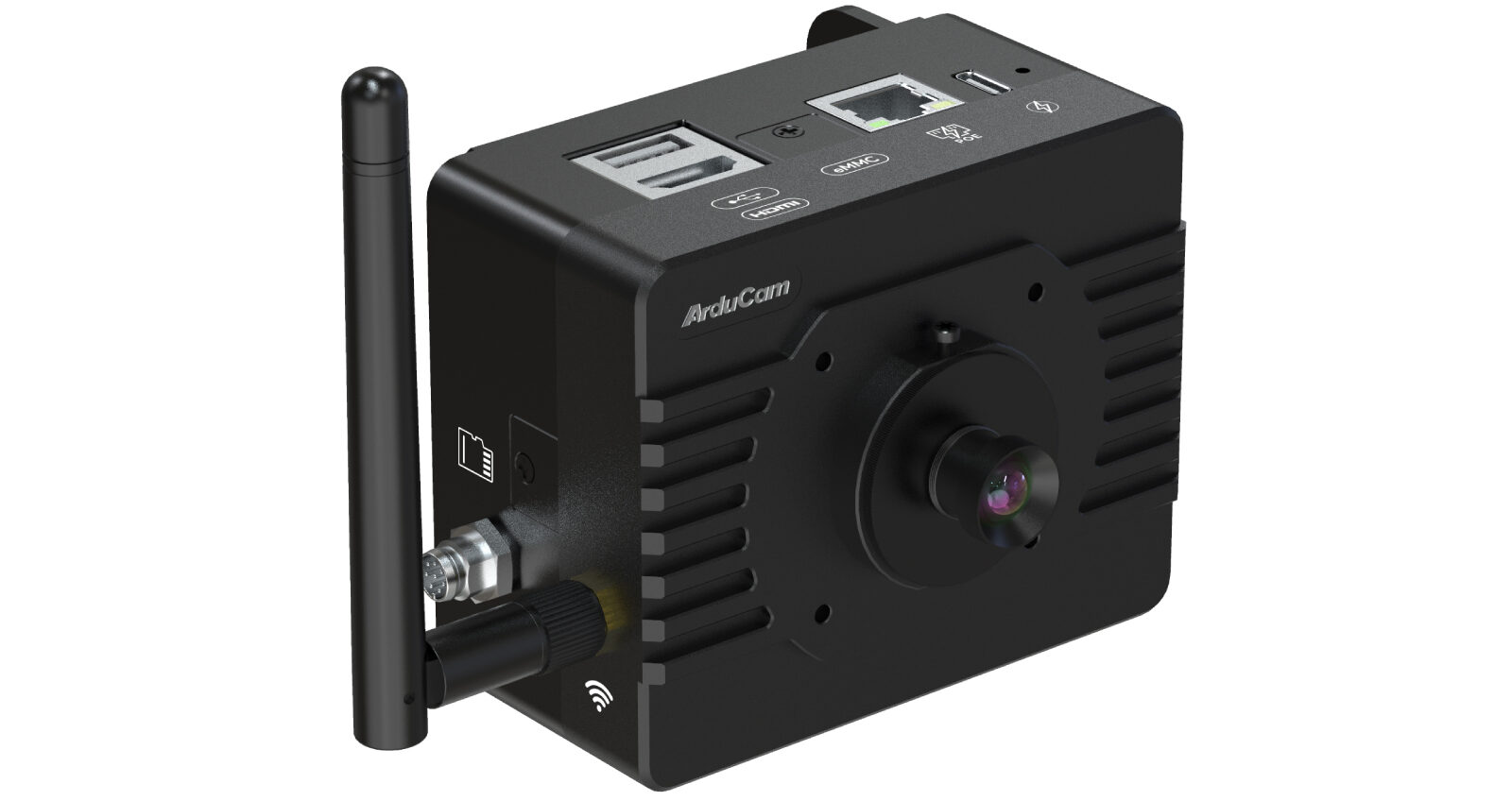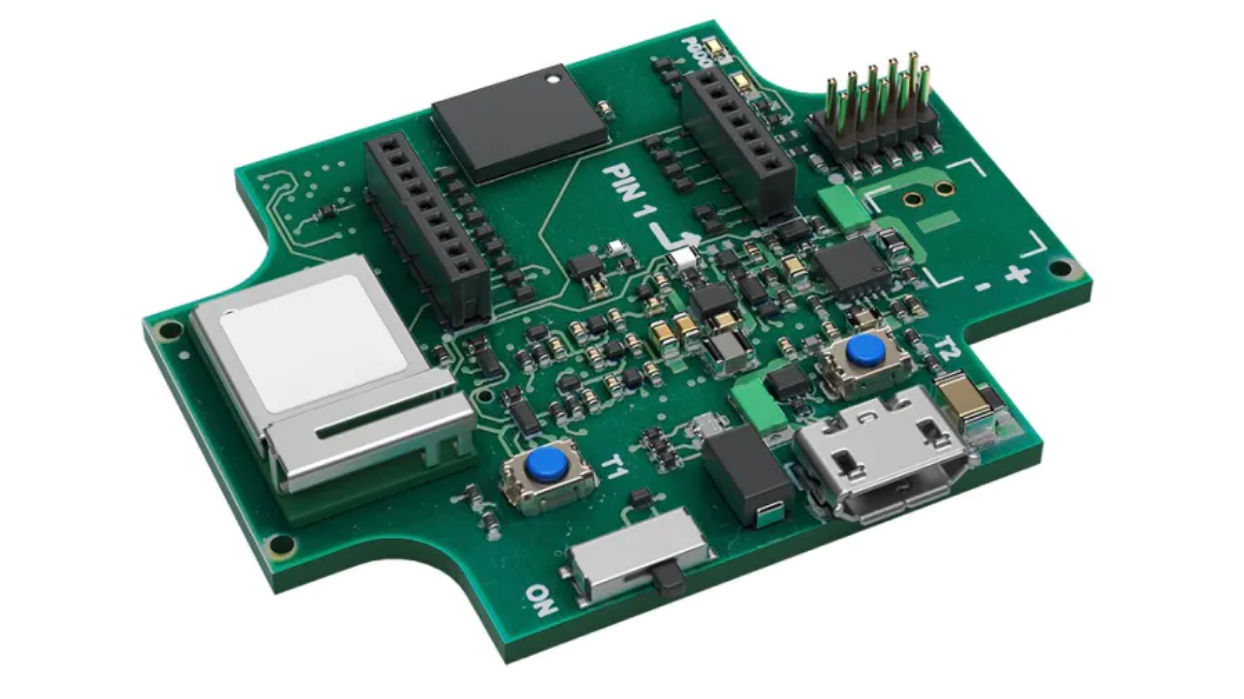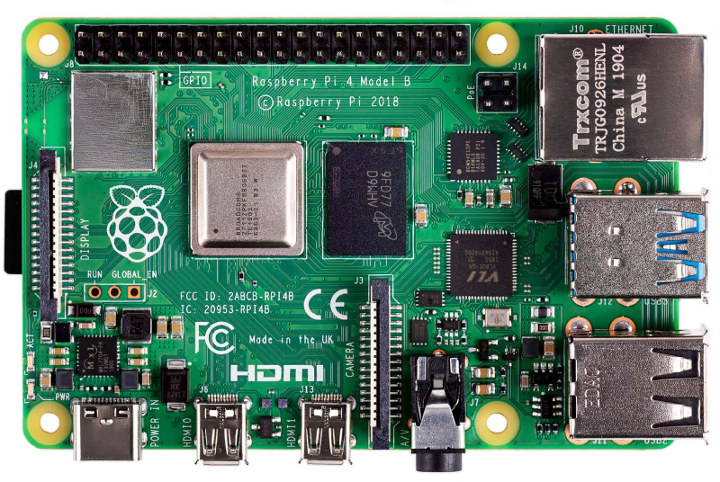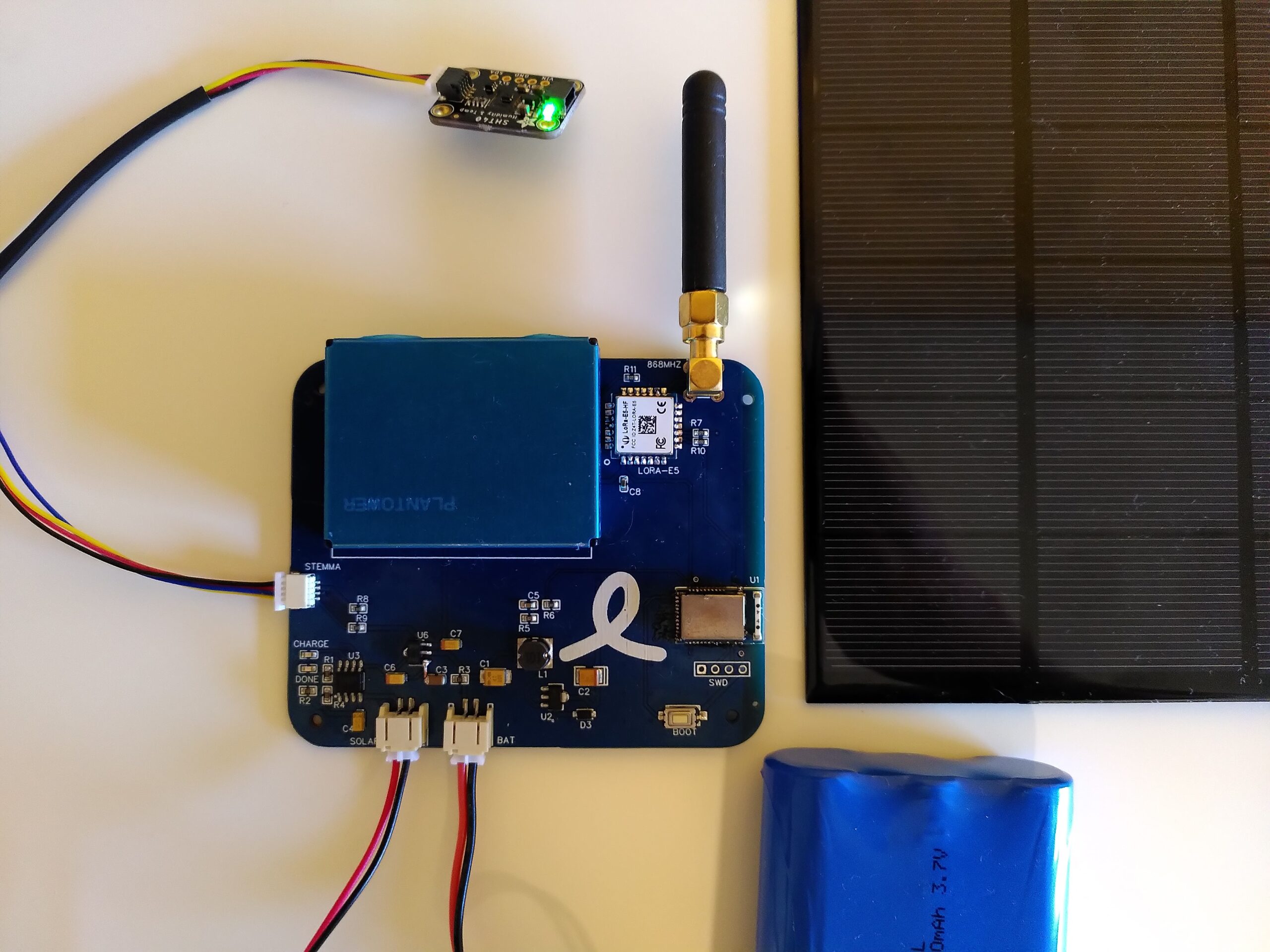
Developing an open-source air quality monitor and a sensor network for the community
The OpenAirMonitor is an outdoor air quality monitor that is powered by solar energy and sends data over LoRaWAN and Bluetooth LE. It measures the amount of dust (PM1, PM2.5, and PM10), as well as the temperature and humidity. The monitor has a STEMMA QT connector, which means that it can be connected to external sensors. Espruino is used to program the monitor in JavaScript over Bluetooth LE using Espruino. On a single chip, Espruino has everything it needs. This makes it cheap, reliable, and efficient with power, so it can run for years on a battery. Espruino boards can connect to your computer via USB or Bluetooth LE. There are no drivers or special programs. Just start writing code by opening a terminal app.
The PCB is able to accommodate the following components: a PMS7003 particulate matter sensor, an 868MHz (EU/UK) SMA antenna, a 6V solar panel, a 3.7V LiPo battery, such as this 6600mAh battery, and an SHT40 temperature and humidity sensor that uses a STEMMA QT connector. The SHT40 sensor represents the fourth generation of the SHT family (which began with the SHT10 and has now reached the pinnacle!). The SHT40 offers a remarkable accuracy of 1.8% typical relative humidity from 25 to 75% and 0.2°C typical accuracies from 0 to 75°C across the whole temperature range. This sensor, in contrast to other early SHT sensors, has a complete I2C interface, which makes it possible to connect with it using only two wires (plus power and ground!). The voltage regulator and level shifting circuitry that Adafruit has placed on the breakout are both reasons for this. Additionally, it is 3V or 5V compliant, which means that any microcontroller or microcomputer can be used to supply power to it and communicate with it.
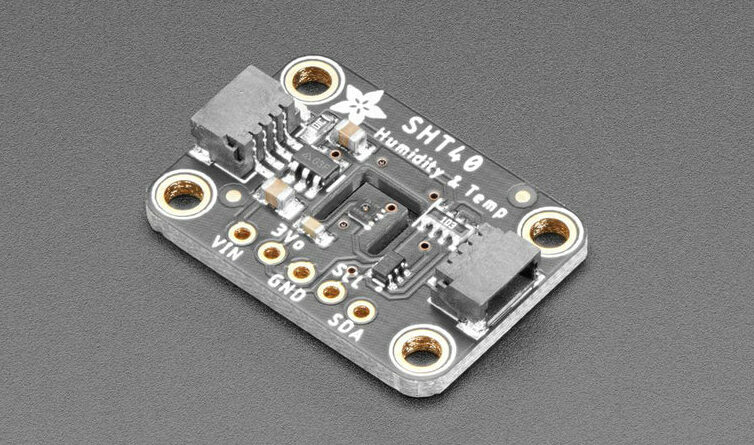
Regarding hardware, you can view the schematic, PCB layout, and Bill of Materials for this OSHWLab project. You may purchase the LoRa-E5 module from Seeed Studio’s webshop, or you can get it assembled on a PCB through their Fusion PCB Assembly Service. Due to the fact that this module was developed using industry standards, it is exceptionally well-suited to be utilized in the design of industrial IoT products. It has a wide working temperature range, ranging from -40 degrees Celsius to 85 degrees Celsius. Seeed Technology Co., Ltd. developed this Long Range Module, and it features a low price, ultra-low power consumption, incredibly compact size, and outstanding performance. It is the superior option that gives you the most satisfying possible interaction with the product. For the Software, use Espruino to upload main.js to the MDBT42Q module so it can communicate over Bluetooth LE.




